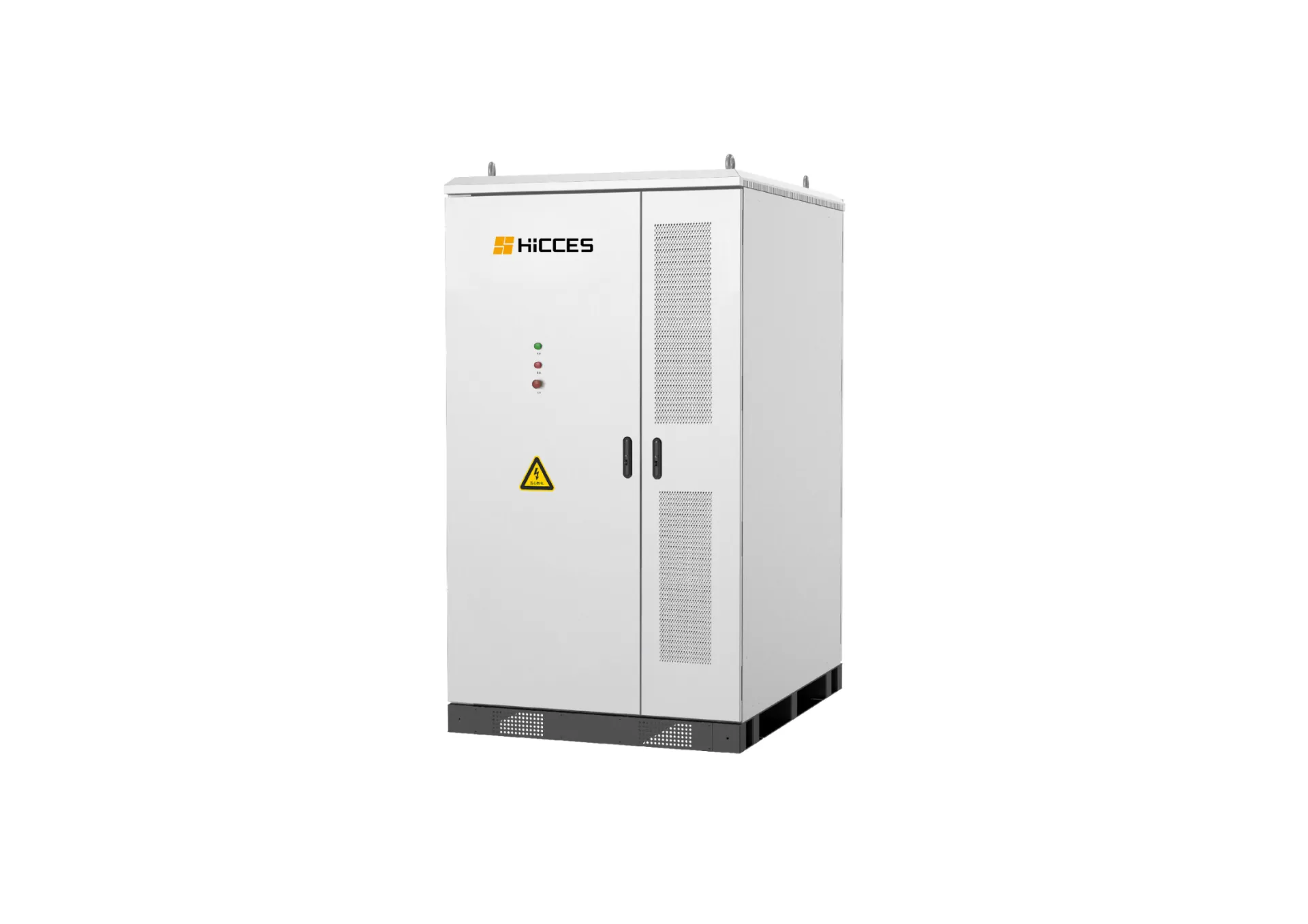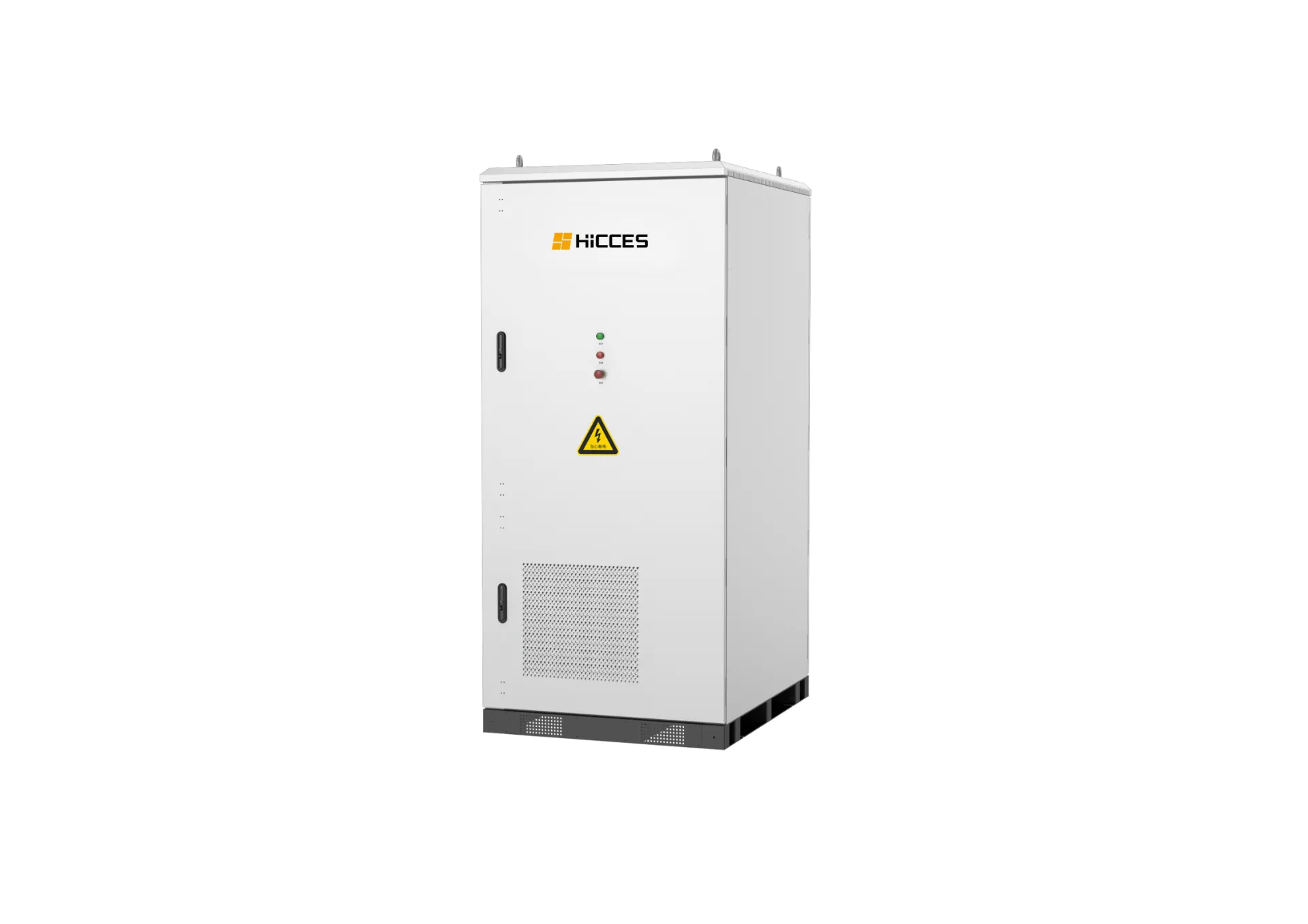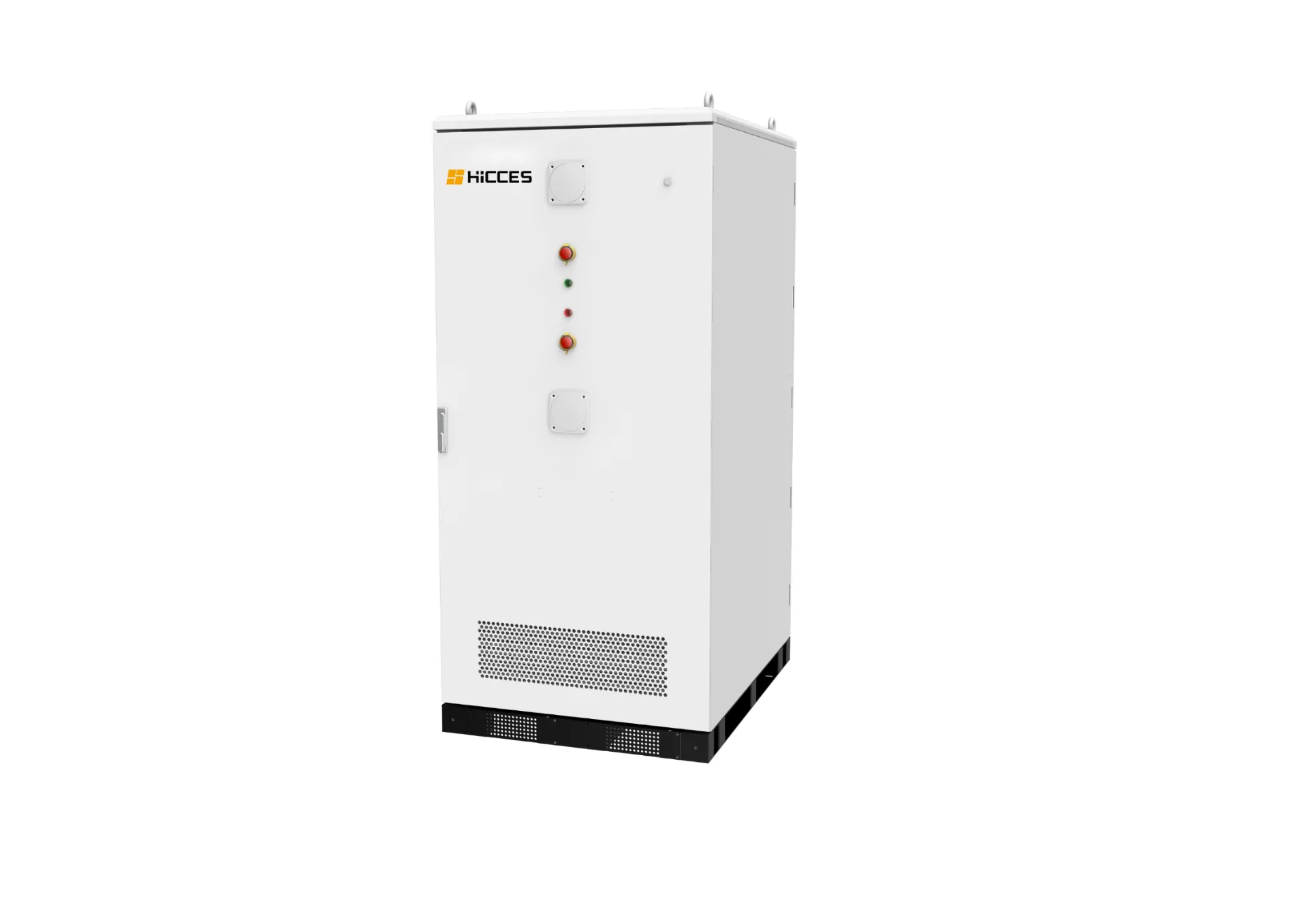Commercial-Industrial ESS Cabinet | Modular High-Capacity Energy Storage
About Hebei Yanchun Qianjian Technology
As an industry leader in energy storage solutions, Hebei Yanchun Qianjian Technology Co., Ltd. has pioneered the development of high-performance energy storage systems for commercial and industrial applications. Our Commercial-Industrial ESS Cabinet represents the cutting edge of intelligent energy management technology.
Contact Information
Email: yanchunjituan@163.com
Phone: +86 13303316269
Corporate Address
4th Floor, Yanhua Building, Jianshe North Street, Qiaodong District, Shijiazhuang City, Hebei Province, China
Product Details
What is a Commercial-Industrial ESS Cabinet?
The Commercial-Industrial ESS Cabinet is an intelligent energy solution specifically designed for business and industrial users. This comprehensive energy storage system integrates high-performance lithium iron phosphate (LiFePO4) batteries with intelligent energy management systems for superior performance and reliability. These systems provide critical benefits including energy cost reduction, backup power during outages, grid stability services, and sustainable energy utilization.
— International Journal of Energy Research



Technical Specifications
Hebei Yanchun Qianjian's Commercial-Industrial ESS Cabinet combines multiple cutting-edge technologies to deliver exceptional performance:
| Parameter | Specification | Industry Benchmark | Significance |
|---|---|---|---|
| Battery Chemistry | Lithium Iron Phosphate (LFP) | LFP/NMC Hybrid | Enhanced safety and thermal stability |
| Cycle Life | 7,500+ cycles at 80% DoD | 4,000-6,000 cycles | Extended operational lifespan |
| Energy Density | 180-200 Wh/kg | 150-170 Wh/kg | Space-efficient installations |
| Charge/Discharge Rate | 0.5C continuous | 0.2-0.3C typical | Rapid power delivery |
| System Voltage | 800-1500V DC | 600-1000V DC | Higher efficiency at large scale |
| Protection Rating | IP54 | IP20-IP44 | Suitable for industrial environments |
| Fire Protection | Multi-stage integrated system | Basic smoke detection | Enhanced safety compliance |
| Operating Temperature | -20°C to 55°C | 0°C to 45°C | Wider operational range |
Technical Evolution & Market Trends
The Commercial-Industrial ESS Cabinet technology has undergone remarkable advancements in recent years. Here are key developments driving market adoption:
Industry Applications
The versatile Commercial-Industrial ESS Cabinet delivers significant benefits across multiple sectors:
Manufacturing Facilities
Minimize demand charges during peak production periods with intelligent load shifting capabilities. One automotive plant in Jiangsu reduced energy costs by 32% annually through strategic implementation of ESS cabinets.
Commercial Complexes
Shopping malls and office buildings utilize ESS systems for peak shaving and backup power. Research from Energy Storage Journal demonstrates a typical ROI period of 3.5 years for such installations.
Renewable Integration
Maximize solar energy utilization by storing excess daytime generation for evening usage. Studies published in Renewable Energy Focus show a 45% increase in renewable self-consumption rates when paired with storage.
Data Centers
Provide critical bridge power during grid interruptions. A tier-4 data center achieved 100% uptime reliability through a multi-cabinet ESS installation with advanced battery management systems.
Utility Services
Participate in grid stabilization programs and frequency regulation markets. The Advanced Energy Storage Report documents annual revenue streams of $75,000 per MW for participants in ancillary service markets.
Hospitality Industry
Hotels and resorts leverage ESS technology to reduce operational expenses while enhancing sustainability credentials. Case studies show energy cost reductions of 28% in tropical resorts implementing this approach.
Professional FAQ: Commercial-Industrial ESS Cabinet
What safety certifications are required for commercial installations?
The Commercial-Industrial ESS Cabinet meets international standards including UL 9540/9540A, IEC 62619, and UN 38.3. Fire protection systems incorporate gas detection, temperature monitoring, automatic suppression, and thermal runaway containment features meeting NFPA 855 requirements.
How does the BMS handle cell balancing and SoH monitoring?
Our Battery Management System (BMS) uses active balancing technology with 98% efficiency, maintaining voltage differences below 20mV across modules. State of Health (SoH) is calculated through multiple parameters including internal resistance measurement, temperature gradient analysis, and historical cycle data.
What cooling methodologies are employed in these cabinets?
The temperature control system combines liquid cooling for battery modules with forced air convection for power electronics. This hybrid approach maintains optimal temperature conditions between 20-30°C with temperature differentials below 5°C across the entire cabinet – crucial for maximizing battery longevity.
What grid interconnection standards are supported?
Our systems comply with IEEE 1547-2018, IEC 61727, and EN 50549 grid interconnection standards. They feature advanced grid-support functions including voltage ride-through, frequency-watt control, Volt-VAR optimization, and ramp rate control for smooth renewable integration.
How are environmental conditions monitored in operation?
Each cabinet includes 16 temperature sensors, humidity monitoring, differential pressure sensors, and vibration detection. Environmental data is correlated with electrical parameters at 500ms intervals for comprehensive performance analysis.
What cybersecurity measures protect against unauthorized access?
Security features include hardware-enforced secure boot, 256-bit AES encryption for data transmission, role-based access control, network segmentation, and continuous security patches aligned with IEC 62443 standards for industrial cybersecurity.
What predictive maintenance capabilities are included?
Our AI-powered analytics platform processes operational data to detect early performance deviations. The system generates maintenance alerts 4-6 weeks before potential issues based on degradation pattern recognition validated by EPRI research.
Industry Recognition & Research
Global Energy Storage Outlook 2023
"Commercial and industrial energy storage deployments grew at 68% CAGR from 2020-2023. Advanced ESS cabinet designs now offer payback periods under four years in regions with demand charge structures or time-of-use tariffs."
View ReportJournal of Power Sources (Volume 572)
"Lithium iron phosphate chemistries now demonstrate practical cycle lives exceeding 7,500 cycles while maintaining >80% capacity retention. These advancements have fundamentally transformed the economics of Commercial-Industrial ESS deployments."
Read StudyInternational Energy Storage Forum (2023 Conference Proceedings)
"IP54-rated cabinet designs with integrated fire suppression have become the standard for industrial environments. Next-generation systems incorporate machine learning for predictive safety interventions and optimize charge acceptance based on forecasted renewable generation."
Access ProceedingsRenewable Energy World: Market Analysis
"Leading manufacturers now achieve system-level efficiencies above 92% thanks to multi-level converter topologies and optimized thermal management systems. This efficiency edge significantly improves project NPV and reduces levelized storage costs."
View Analysis